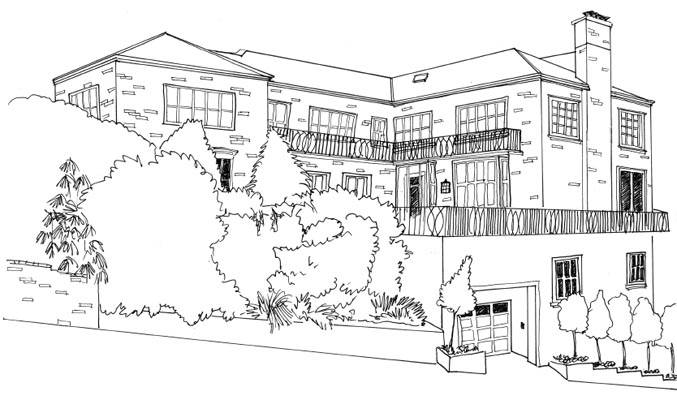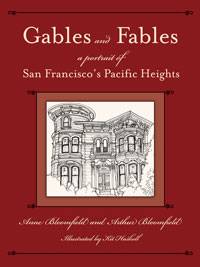Mortimer Fleishhacker Jr. Lived Here: Difference between revisions
m (Protected "Mortimer Fleishhacker Jr. Lived Here" ([edit=sysop] (indefinite) [move=sysop] (indefinite))) |
(added famous characters category) |
||
| (2 intermediate revisions by 2 users not shown) | |||
| Line 30: | Line 30: | ||
''© 2007. Heyday Books, Berkeley, California.'' | ''© 2007. Heyday Books, Berkeley, California.'' | ||
[[category:Pacific Heights]] [[category:Architecture]] [[category:1920s]] [[category:1930s]] [[category:Media]] [[category:Radio]] [[category:Corporations]] [[category:Power and Money]] | [[category:Pacific Heights]] [[category:Architecture]] [[category:1920s]] [[category:1930s]] [[category:1950s]] [[category:1960s]] [[category:1970s]] [[category:Media]] [[category:Radio]] [[category:Corporations]] [[category:Power and Money]] [[category:Jewish]] [[category:Famous characters]] | ||
Latest revision as of 16:23, 15 April 2010
Historical Essay
by Anne Bloomfield and Arthur Bloomfield
2600 Pacific Avenue hardly looks as "old" as 1936, but it looks very William Wilson Wurster in its quietly modern design, its upscale casualness and livability. And the white-rinsed brick exterior is a Wurster trademark.
Illustration: Kit Haskell
Founder of what’s often and a bit over-academically called the Second Bay Region Tradition (the first having been created by Messrs. Maybeck, Polk, and Coxhead, Julia Morgan and friends), William Wilson Wurster did not as a matter of fact think primarily in terms of architectural style. Which is a paradox, we must admit, because a Wurster house is usually unmistakeably his.
At all events, what came first for him was catering to the lifestyles of the residential clients who claimed the bulk of his professional attention. He’d question them at length before even setting pencil to sketch pad.
And what pleasant living situations he’d provide! Usually a Wurster house has a lot of glass connecting the indoors to a lovely garden, a very special courtyard or a view well worth looking at. Access to the outdoors he repeatedly facilitated by putting the main floor at ground level—some fifty-five years, in the case of 2600 Pacific, before the Americans with Disabilities Act.
At 2600 Pacific the house’s shoved-back L-shaped plan gives birth to a plant-friendly south/east garden which is nicely sheltered from cold westerly winds (a San Francisco summertime specialty, this) and creates behind its attractive walls a feeling of green space entirely unconnected with the paved world outside.
The client here, Mortimer Fleishhacker Jr., grew up in a much more formal house a block and a half east; that would be the 2418 Pacific. Probably 2600 for him was more a reminder of vacations spent at Green Gables, the Fleishhackers’ artistic but relaxing estate at Woodside.
A UC Berkeley graduate of 1927, M. F. Jr. founded a company that manufactured household chemicals. He was also involved in lumber, coal, taxi and billboard companies in addition to managing an increasing share of his father’s many interests. And he was a U.S. Navy veteran of World War II.
Fleishhacker Jr. loved his city and served it well. At different times he was president of Congregation Emanu-El, Mt. Zion Hospital and the San Francisco Planning Commission. But of greater interest to the public at large, perhaps, would be his presidency from 1955 to 1970 of the new public broadcasting station KQED-TV, with the concept of individual memberships being put into practice during his watch, and his being instrumental in getting the American Conservatory Theater to settle in San Francisco and operate on a solid business basis.
Reprinted from Gables and Fables: A Portrait of San Francisco’s Pacific Heights by Anne Bloomfield and Arthur Bloomfield. Illustrations by Kit Haskell. [1].
© 2007. Heyday Books, Berkeley, California.


